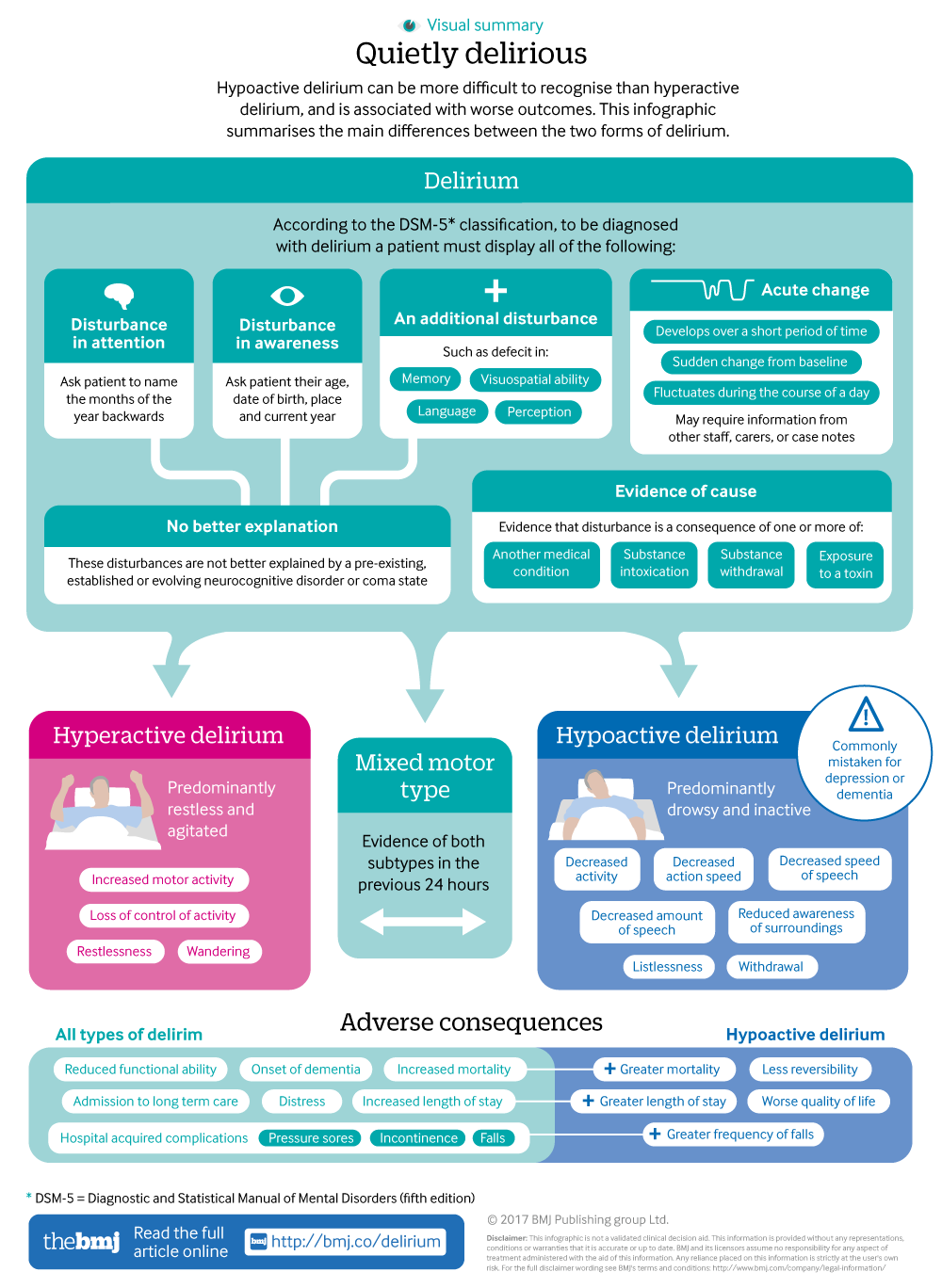What Is Seasonal Affective Disorder Sad
What Is Seasonal Affective Disorder Sad
Blog Article
Just How Do Mood Stabilizers Job?
State of mind stabilizers aid to relax locations of the mind that are influenced by bipolar affective disorder. These drugs are most reliable when they are taken regularly.
It might take a while to discover the appropriate medicine that functions best for you and your physician will certainly monitor your problem throughout therapy. This will include normal blood tests and potentially an adjustment in your prescription.
Neurotransmitter law
Neurotransmitters are a group of chemicals that manage one another in healthy people. When degrees become out of balance, this can bring about mood conditions like clinical depression, anxiety and mania. Mood stabilizers assist to stop these episodes by helping control the balance of these chemicals in the brain. They additionally might be used together with antidepressants to boost their effectiveness.
Medicines that function as state of mind stabilizers include lithium, anticonvulsants and antipsychotics. Lithium is probably the most popular of these medications and jobs by influencing the flow of salt via nerve and muscle cells. It is frequently used to treat bipolar affective disorder, yet it can also be useful in dealing with various other state of mind problems. Anticonvulsants such as valproate, lamotrigine and carbamazepine are also efficient state of mind stabilizing medicines.
It can spend some time to locate the right type of medicine and dosage for each and every individual. It's important to work with your physician and participate in an open discussion regarding just how the drug is working for you. This can be particularly handy if you're experiencing any adverse effects.
Ion channel inflection
Ion networks are a significant target of mood stabilizers and lots of various other drugs. It is currently well established that they are vibrant entities that can be modulated by a range of exterior stimulations. Additionally, the inflection of these networks can have a series of temporal effects. At one extreme, changes in gating dynamics may be quick and immediate, as in the nicotinic acetylcholine receptor/channel system. At the various other end of the range, covalent alteration by healthy protein phosphorylation may lead to adjustments in network function that last longer.
The field of ion channel modulation is going into a period of maturity. Recent research studies have actually shown that transcranial concentrated ultrasound (United States) can boost nerve cells by turning on mechanosensitive potassium and salt networks installed within the cell membrane layer. This was shown by expressed channels from the two-pore domain potassium household in Xenopus oocytes, and concentrated United States dramatically modulated the current flowing through these channels at a holding voltage of -70 mV (right panel, family member impact). The results are consistent with previous observations showing that antidepressants affecting Kv channels control glia-neuron interactions to opposite depressive-like behaviors.
Neuroprotection
Mood stabilizers, like lithium, valproic acid (VPA), and carbamazepine, are important in the treatment of bipolar affective disorder, which is identified by recurring episodes of mania and anxiety. These medications have neuroprotective and anti-apoptotic buildings that aid to prevent mobile damages, and they additionally improve mobile strength and plasticity in useless synapses and neural wiring.
These safety activities of state of mind stabilizers might be moderated by their inhibition of GSK-3, inositol signaling, and HDAC task. Moreover, long-lasting lithium treatment protects against glutamate excitotoxicity in cultured neurons-- a model for neurodegenerative problems.
Studies of the molecular and mobile results of free therapy options state of mind stabilizers have shown that these medications have a wide variety of intracellular targets, including numerous kinases and receptors, along with epigenetic alterations. Refresher course is needed to identify if mood stabilizers have neurotrophic/neuroprotective actions that are cell type or circuitry specific, and just how these impacts may match the rapid-acting therapeutic response of these representatives. This will certainly assist to develop brand-new, much faster acting, a lot more efficient treatments for psychological health problems.
Intracellular signaling
Cell signaling is the process by which cells connect with their setting and other cells. It involves a series of action in which ligands communicate with membrane-associated receptors and lead to activation of intracellular paths that control important downstream cellular features.
Mood stabilizers act upon intracellular signaling via the activation of serine-threonine protein kinases, resulting in the phosphorylation of substratum healthy proteins. This triggers signaling cascades, causing modifications in genetics expression and mobile function.
Many state of mind stabilizers (including lithium, valproate and lamotrigine) target intracellular signaling pathways by hindering certain phosphatases or triggering specific kinases. These results trigger a decrease in the task of these pathways, which causes a reduction in the synthesis of certain chemicals that can influence the brain and result in signs and symptoms of anxiety or mania.
Some mood stabilizers additionally work by boosting the task of the inhibitory neurotransmitter gamma-aminobutryic acid (GABA). This boosts the GABAergic transmission in the brain and reduces neural task, thereby generating a soothing effect.